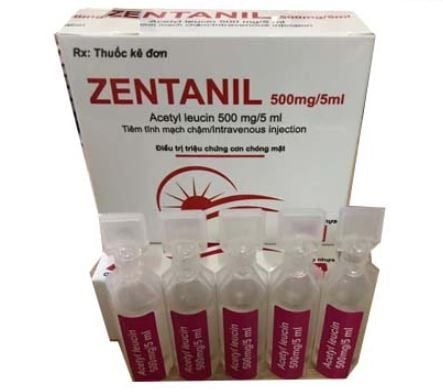This is an automatically translated article.
To be able to keep food in the refrigerator safe and healthy, it is important that you prevent bacteria from spreading from raw food to cooked food.
1. Overview
According to the Journal of the American Dietetic Association: “Food-borne illnesses are estimated to cause about 76 million illnesses, 325,000 hospitalizations, and 5,000 deaths in the United States each year.”
Bacteria , this dangerous virus and parasite endangers the health of all of us, especially for pregnant and lactating women, young children, the elderly and anyone with a debilitating illness.
However, the good news is that up to 25% of outbreaks can be prevented with safer home measures
Keeping food cold in the refrigerator slows the growth of bacteria. Between 5°C and 63°C is known as the 'danger zone', where bacteria on food can grow to a level that can make you sick
Here are some guidelines to help keep food safe. your refrigerator is safe:
1.1 Keep the refrigerator at 5°C or below Numbers on the dial of the refrigerator do not necessarily show the temperature Use a mercury-free refrigerator thermometer at upper bottom shelf salad compartment for accurate readings; You need to close the refrigerator door. If the door is left open for any length of time the temperature will rise, the preservation of food will be ineffective; Do not put hot food in the refrigerator as this can also increase the temperature.
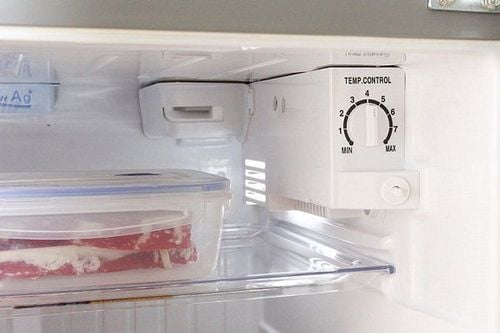
Người nội trợ nên giữ tủ lạnh ở nhiệt độ 5 ° C trở xuống
1.2. Don't pack too much food Overpacking your food can obstruct the flow of cool air around the food and your food may not be cooled properly, leading to rancidity.
1.3. Store different foods in the right areas Store ready-to-eat foods such as cheeses, yogurts, cooked meats and leftovers on the middle and top shelves; Place raw meat, fish and poultry in an airtight container on the bottom shelf so they don't touch each other or drip onto other foods; Raw and cooked foods must be kept in different areas to avoid cross-contamination between foods. 1.4. Refrigerate leftovers within 2 hours If food is left over after a meal, put it in the refrigerator within 2 hours of cooking; Divide food into small portions and place them on a dry, shallow plate to help them cool faster; High-risk leftovers, must be cooled and refrigerated within an hour; When you cool turkeys or other large birds, removing the legs will help them cool faster; Place leftovers in a clean, covered plate, bowl or container to prevent cross-contamination; Throw away any high-risk food that has been in the refrigerator for more than 2 hours; Eat all leftovers within 3 days. 1.5. Clean the cabinet You should clean the refrigerator every 10 days or 2 weeks, using a soft cloth, mild antiseptic water; Wipe off any stains in your refrigerator to avoid cross-contamination. Do not leave the freezer unattended.

Dọn dẹp tủ với nước sát khuẩn nhẹ giúp tủ lạnh luôn sạch sẽ
1.6. Practice “best first, use first” Our product suppliers always have product labels that tell you about the product, its nutrients, its recommendations... and what's important. it is "use by" or "best before" is an information that tells us whether the food can be used to ensure the safety of the meal or not. But before eating you must pay attention to the sensory perception of the products to see if they are still delicious or not, and if the expiration date is too far from the "use by" date, you should not eat it.
Note to arrange your refrigerator in order, short-term use first, long-term use later.
1.7. Do not re-freeze food when it has been defrosted Food that has been defrosted should not be re-frozen because when the food is in the freezer it is the best condition to preserve food, but when it is thawed, it can cause damage. allow bacteria to enter food affecting the texture and quality of the food.
A tip to remind you, when buying food, you should divide it into bags according to your needs and freeze it, when taking defrosted food for use, don't take too much, take how much, use all that much.
1.8. Throw away without regret For example, if you forget a few packages of unused food and they are past their expiration date, in terms of the taste, they are no longer as delicious as the original, you do not hesitate to throw them away. If you still regret them too much and take advantage of them, it will bring health risks to you and your family.
2. Store food in the refrigerator and freezer
Freezing is a great way to store food. If food is frozen properly, it's safe to eat indefinitely, although after a while, flavor and texture may suffer.
Freezer storage time varies depending on different foods and your freezer type. The ideal freezer should run at -18°C.
Follow the instructions below to store food in the refrigerator and freezer. A short time limit on foods refrigerated at home will help prevent them from spoiling or becoming dangerous to eat. The freezer storage instructions are only for the quality of frozen foods that are continuously stored at 4.5°C or below that can be kept indefinitely.
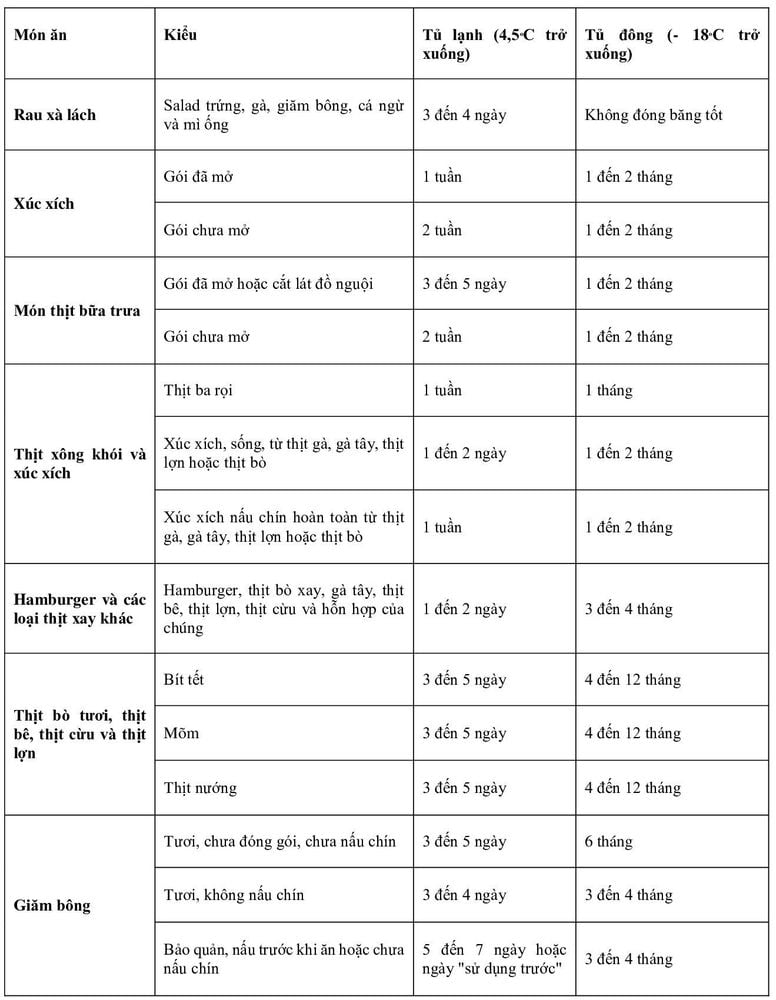
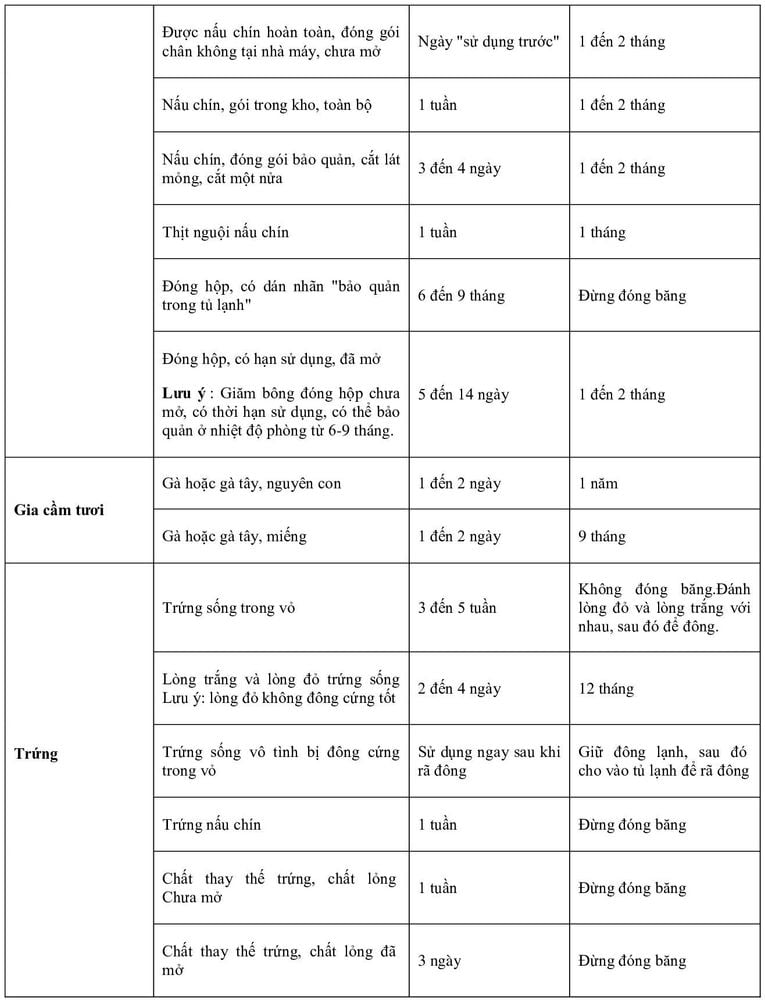
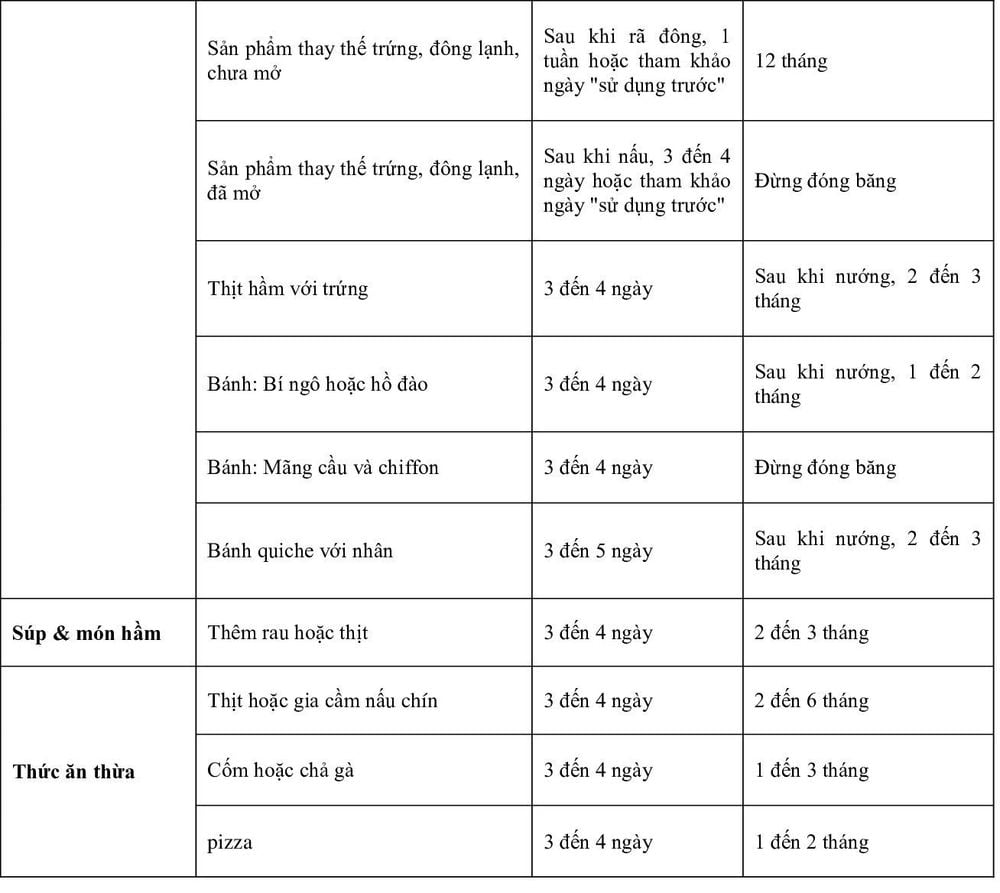
3. Foods that cannot be stored in the freezer
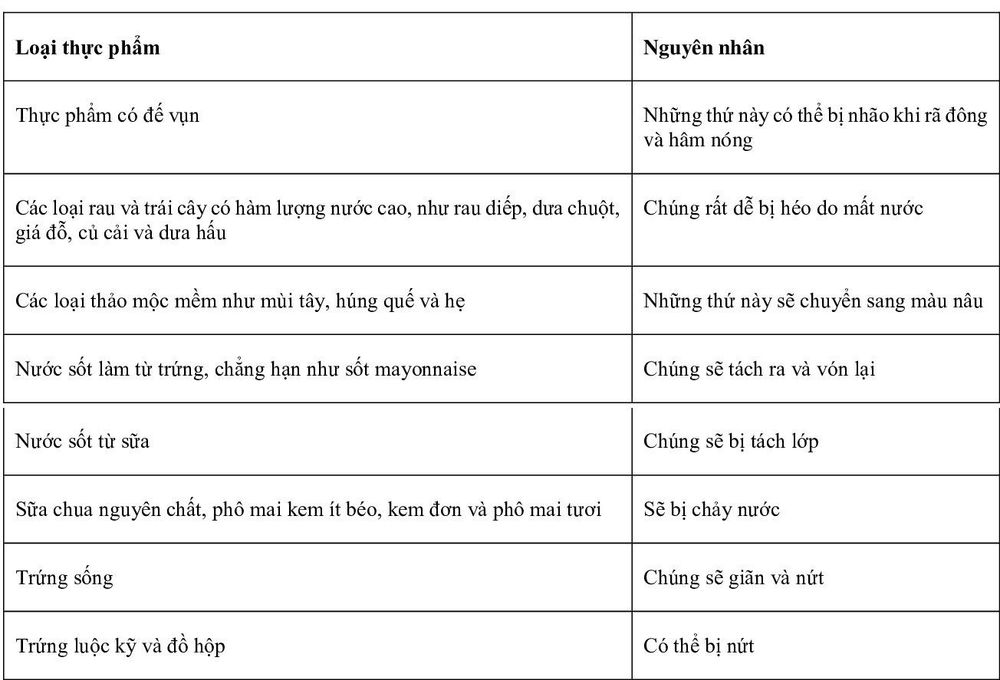
Please dial HOTLINE for more information or register for an appointment HERE. Download MyVinmec app to make appointments faster and to manage your bookings easily.
References: webmd.com , safefood.net , foodsafety.gov







